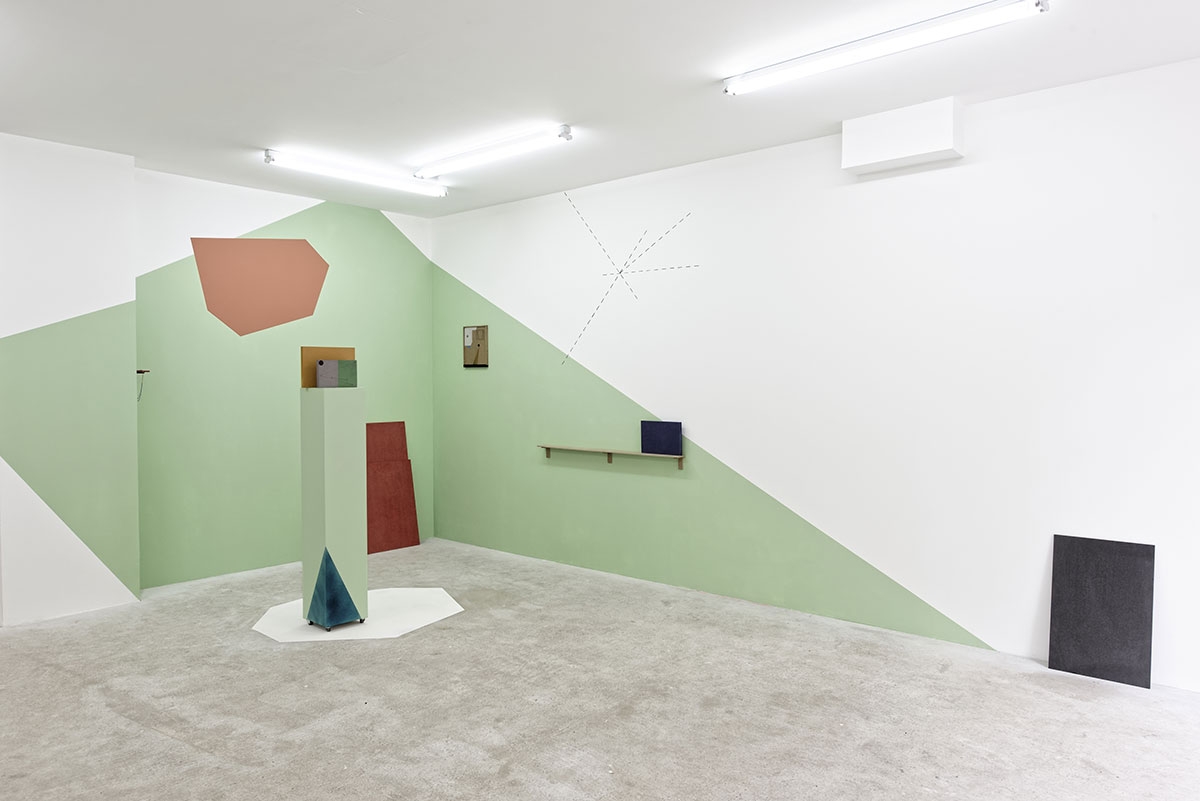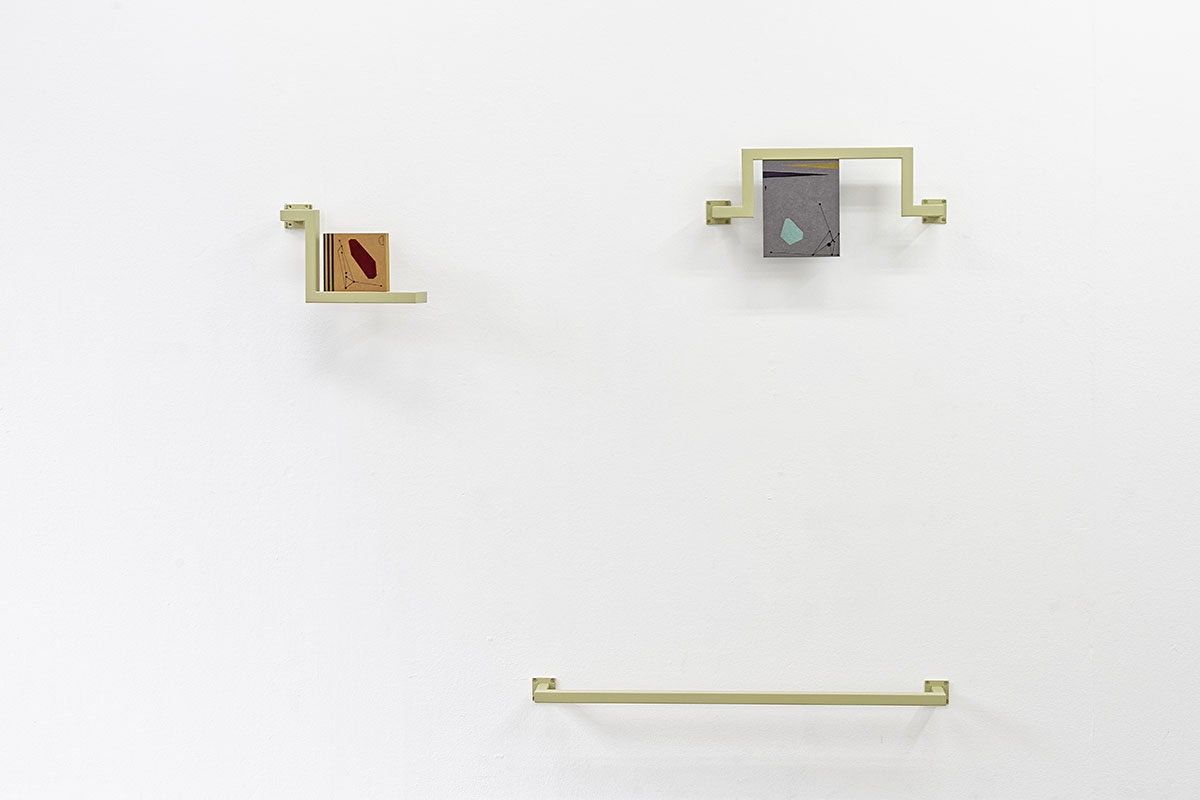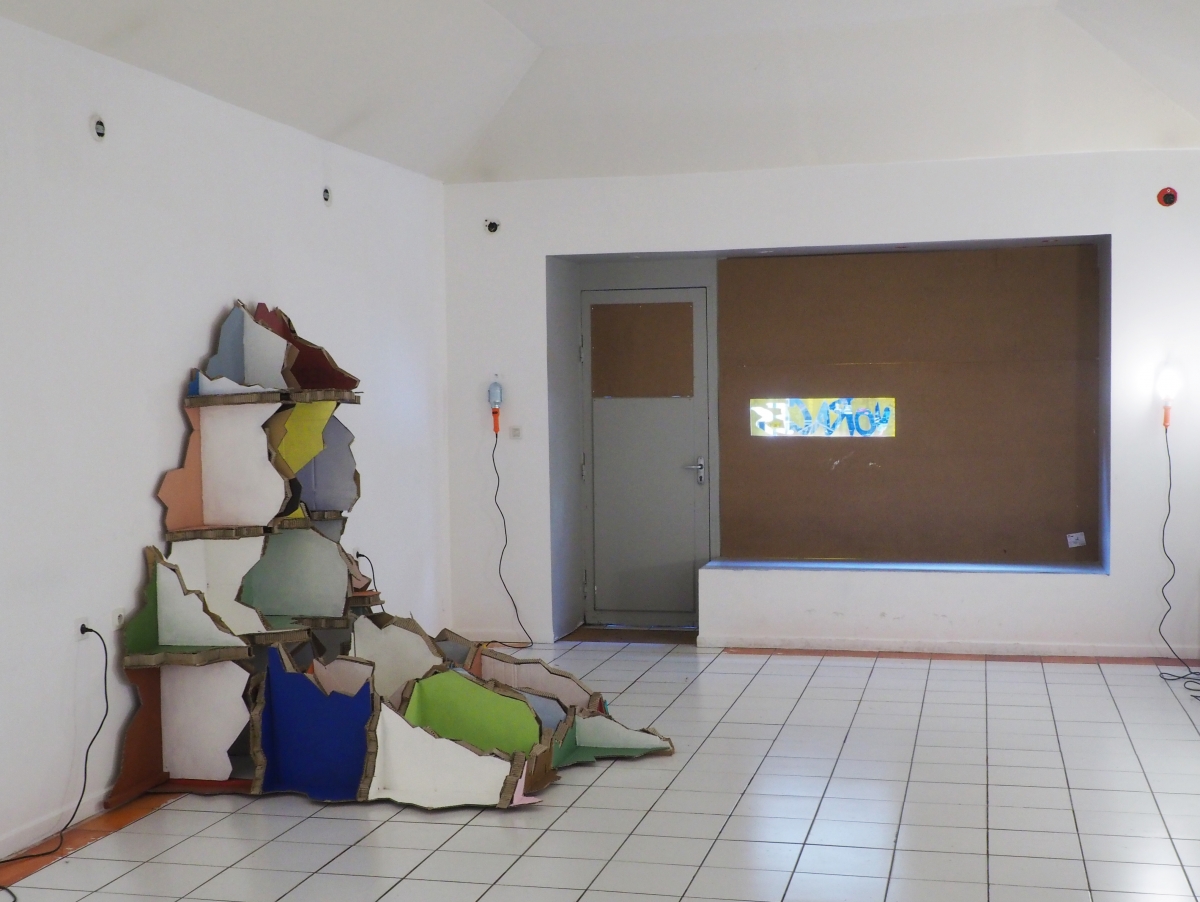The biennial format and other cultural events of similar size and scope have recently been losing steam. There are too many of them; they’ve struggled to inject new ideas into a narrative that has become standardized and predictable; they've lost sight of their audiences and seem to be focused solely on addressing a cohort of art professionals and politicians looking for the next tourist attraction1.
But no matter: last April, arts associations and artists from Saint-Etienne, which is well known for its design biennial, joined forces to produce Carbone 18. Itself a kind of biennial, this low-budget "contemporary art event" lacked a spectacular communications campaign. But it was distinctly present throughout the city both day and night, spread across multiple sites that showcased the work of a number of artists working on unique, independent projects. Having had the bright idea to work outside the existing art scene and institutions, Carbone 18 instead highlighted most of the city's highly active non-profit arts exhibition spaces such as L'Assault de la Menuiserie, Gran Lux, Greenhouse and Les Limbes. It also invited curators and artists to take over and create exhibitions in shuttered commercial spaces, including many on the Rue de la République, a street in the city centre that has become a problem area because of its empty storefronts.
One of the main reasons to attend biennials is to find out about unusual places, and Carbone 18 did not disappoint in this respect. It was exciting to enter certain locations and to discover strange, unexpected spaces, often hidden behind dull windows. This framework created space for dialogue between the work on display and the architectural and decorative specificities of the places they were situated in, places that had often lost their original functions. This was the case in the exhibition False Layer curated by ZZ Studio (Lyon), where it was difficult to distinguish between the work and its environment, the former having adopted the same formal and chromatic codes as the latter. Playing on the monochrome, minimalist forms of the outdated design of a former orthopaedics institute, the selected works seemed to be integrated into the place and turned the visit into a sort of curious "hunt for the artwork". Among others, work by Simon Feydieu, Nadia Guerroui and Frédéric Houvert could be found even in the windows, where languid textile sculptures by Caroline Saves were hung. Just a stone's throw away, the Maison Octopus collective had created Speed Data, an exhibition based on the codes of speed dating in a small space that could have been the offices of an insurance company. Split into two parts, the first room hosted a brilliant conversation between works by Benjamin Collet, Lucille Uhlrich, Nicolas Momein, Remi dal Negro and Ceel Mogami de Haas, while the second featured a collection of reproductions, compounding the "postmodern office" atmosphere that was deftly illustrated by a series of framed pictures by Florent Meng.
Other pleasant surprises were in store at Les Limbes. The space was taken over by the Paris-based DOC collective, whose members showed individual and group works on the theme of the Verney Carron family, including a series of prints linked to current political events, recent protests and the making of anti-riot Flash-Ball guns. Gran Lux hosted a rare and much-appreciated retrospective of Paul Sharits's films (on celluloid!): the arts association works exclusively on presenting artists' films in the medium.
The freshness of this biennial came from its simplicity – which is not to downplay the major organizational effort successfully carried out by its small team – as well as from its good geographical range within the city, its diversity and the quality of the projects on display. It also came from its "home-made" feeling, its friendliness and human scale. And it was original for giving the impression of being an exhibition at an artist-run space at the scale of a city, a rare thing since these organisations generally have very limited financial means. By ensuring that the project involved local arts organisations, Carbone 18 succeeded where the majority of biennials and their host cities fail: by relying on the network of small existing spaces and organisations to ensure a deep connection to the urban environment and to promote the work done by these organisations outside the context of major cultural events. Let's hope that Carbone 18 manages to bring together the resources it needs to host a second edition in 2020.
Note
- von Falkenhausen, Susanna. “Biennials at an Impasse.” Frieze, September 2018.















